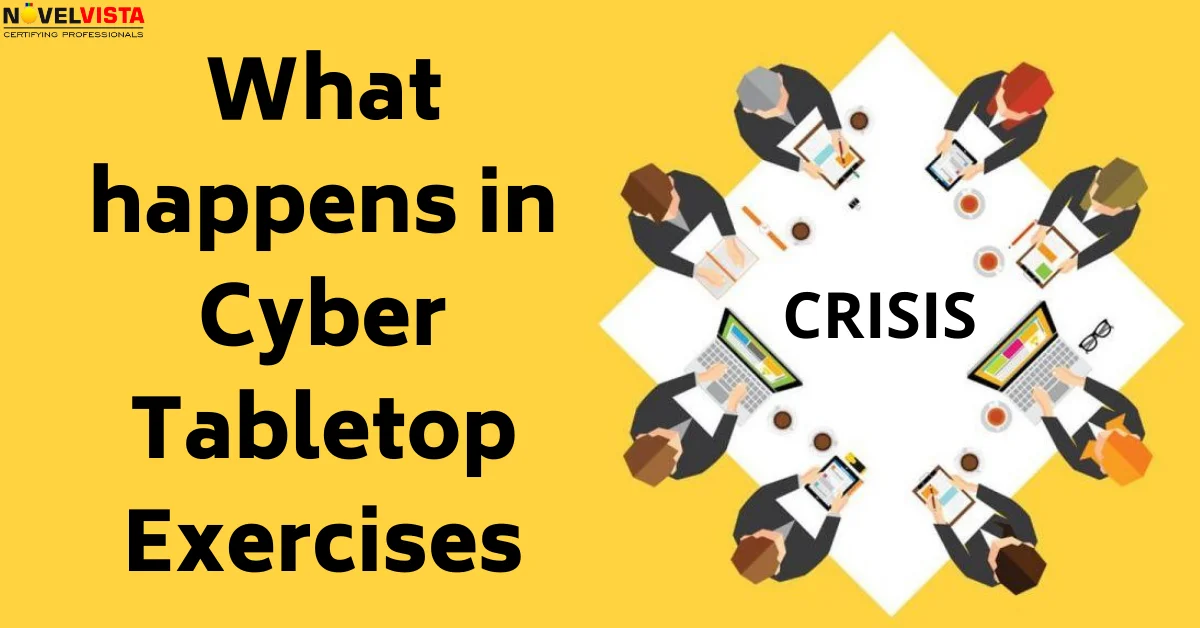
This may seem like the simple initial step for any activity, yet it takes on an entirely different measurement with regards to how a cyber tabletop works out. After being approached to recognize who will take part in such a workshop, the manager is settling on a bigger choice about who the key stakeholders are in the cybersecurity dynamic cycle for their business. The stakeholders can regularly be divisional and progressive system skeptics. For example, the support of a lower-level IT administrator may regularly be a higher priority than that of a senior business executive. Hence, the cycle of recognizing members of a cyber tabletop practice is a more vital and long-term choice based on the soundness of the business than it may show up in something else.
For a cyber tabletop exercise to be productive, it is essential that the facilitator of the activity is aspecialist CISOand trainer, so she or he creates a situation that is important and fit for producing genuine fear and nervousness in the partner. The situation can't be unstable and average. It must be explicit about the business, its model, and its operational structure and be founded on risks and threats that are genuine for the association being referred to.
During the activity, the facilitator will create an atmosphere of pressure and disorder, so members are dependent upon a simulation of precisely the sort of condition they can expect during a real attack. The situation being referred to will unfold in fast stages, so the stakeholders are compelled to think and react quickly, team up with the ideal people, and react with energetic willingness, as they would if their organization were in genuine danger. The actual exercise must be as close to reality as is feasible for the cyber tabletop exercise to go from being simple empty talk to genuinely productive activity. If this is accomplished consistently, the administration can trust that the members have had sufficient mental preparation and introduction to imitate, at any rate, half of their practices from the workshop in a genuine emergency.
Any great cyber tabletop practice supplier will offer a conventional assessment and report toward the end of the workshop. To be perfectly honest, without this report, the activity can, to a great extent, be regarded as purposeless. The report is a basic gander at the network safety framework, episode reaction plans, and cycles between departmental coordination and the bore of the staff to sufficiently react to an assault with the end goal that the harm brought about by it is relieved to a base. Without the appraisal, the administration won't be able to see the requirements in their system and their readiness. Toward the end of a cyber tabletop workout, the business ought to, in a perfect world, get a penetration availability score that it can work with to increase its safeguards.
Cyber-incident plans are useless without testing. But effective drills do more—theybuild real preparedness. This blog shows you the key steps:
Prevention is cheaper than cure, especially in cybersecurity. Don't wait for disaster.Run a cyber crisis drill todayand build defenses that stand strong.
Take action:
Be proactive, build resilience, and protect your business.
As a Cloud Engineer and AWS Solutions Architect Associate at NovelVista, I specialized in designing and deploying scalable and fault-tolerant systems on AWS. My responsibilities included selecting suitable AWS services based on specific requirements, managing AWS costs, and implementing best practices for security. I also played a pivotal role in migrating complex applications to AWS and advising on architectural decisions to optimize cloud deployments.
* Your personal details are for internal use only and will remain confidential.
 |
ITIL
Every Weekend |
 |
AWS
Every Weekend |
 |
DevOps
Every Weekend |
 |
PRINCE2
Every Weekend |